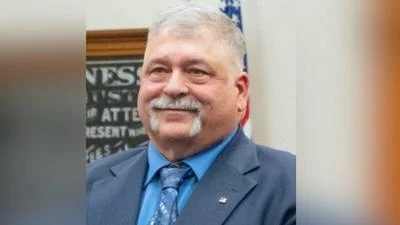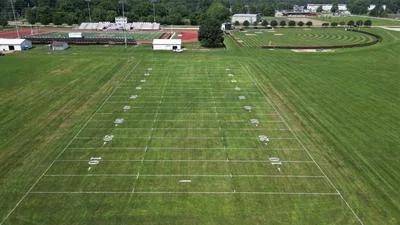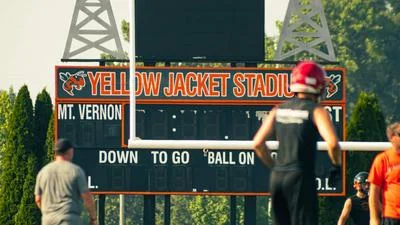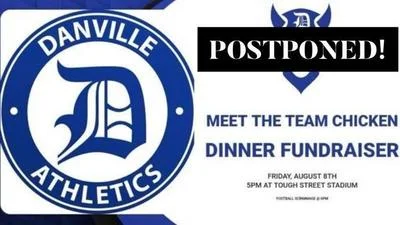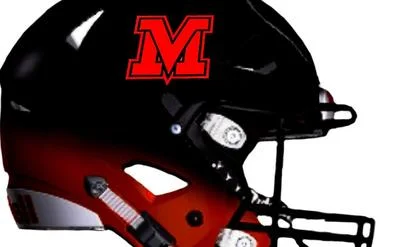Let’s talk coaching.
Back in the day, coaches were hard-liners. my way or the highway. Do what I tell you or take a seat and grab some pine. Coaches used to have players “run through walls,” or go entire practices without water, or have players run an extra 10 laps or have them “drop and give me 20.” It worked then, but does that work now?
It can be argued that back in the day, the disciplinarians won games and begat eras of tyrannical coaches. Tough coaches made tough players.
Green Bay’s Vince Lombardi was a tyrannical coach. His Hall of Fame tackle Henry Jordan said, “He treats us all the same -- like dogs." He also won the first two Super Bowls and has a trophy named after him.
Woody Hayes was a fierce competitor, but his temper often got in the way of his ability to coach. Hayes had multiple run-ins with reporters and players, most notable of which involved a throat-punch he threw at Clemson linebacker Charlie Bauman during the 1978 Gator Bowl. He was one of those “run through a wall” or “run stadium steps” kinds of coach.
Bear Bryant was an authoritarian of the first order. Coaching players in 100-degree heat, he would not let them drink water until after practice. True, we didn’t know about hydration benefits then, but he was extreme. He also won, saying, “You have to be willing to out-condition your opponents.”
Bobby Knight is infamous,from his outbursts at his players to his chair-throw at an Indiana-Purdue game in 1985. He also grabbed one of his players by the throat during a game.
Rutgers coach Mike Rice was fired from his position as coach of the university’s basketball team after a video surfaced showing him verbally and physically accosting a player.
American gymnastics coach Bela Karolyi used fear and intimidation to motivate the girls on his teams. He has been accused of being physically and mentally abusive to the young girls under his charge, hectoring them into eating disorders and depression
Larry Brown in 2002 admonished 76ers star Allen Iverson for missing a meeting and missing practice. Iverson made his famous “Practice. Practice? Practice” rant after he missed a meeting and was dressed down for it. What wasn’t known until later was that Iverson was still was mourning the death of his best friend, Rahsaan Langford. Still the coach had his procedure of practice and meetings and Iverson was a no-show.
I witnessed George Allen coaching the Rams in a short-lived return to the blue-and-gold, not allowing his players to sit on their helmets when they left the field during a very hot preseason practice day in Anaheim. He was so harsh and martinet-oriented that the players actually sabotaged him during a pre-season game in 1978, and got him fired and replaced with the likable Ray Malavasi. Malavasi brought the Rams to the Super Bowl in 1980.
These coaches won, but are they the best way to treat human beings? In today’s world, athletes and student-athletes respond better to humanistic approaches.
Even back in the day, there were successful “nicer” coaches. Miami Dolphins coach Don Shula co-wrote a book about coaching from the heart. John Gagliardi, the St. John’s football coach who is the all-time winningest college football coach, had one team rule: the Golden Rule. John Wooden never cursed and urged his players, not demanded of them.
Today’s coaching demands … more people-oriented coaching. From a coaching blog on HUDL are tips from coaches on coaching today’s basketball kids, and perhaps, this is insight into coaching all sports, a look into today’s athletes, and a look into our kids and relating to them.
The blog says, “Today’s athletes value individuality and love to be recognized for their big moments, so call out their successes where you can.” The blog (https://tinyurl.com/yckvm55d) was originally published in 2017 and still applies.
The blog suggests that today’s athletes behave differently than those of previous generations – it’s critical to connect with them through their preferred mediums.
The blog suggests capturing shortened attention spans with video, “Encourage Their "Go-Get-'Em" Attitudes” and “Pump Them Up on Social Media.”
Today’s athletes respond well if a coach calls out their positive performances. If a star player receives a humbling scholarship offer, a congratulations tweet with the news reinforces them. When one of the athletes has a big game or receives a major honor, a shoutout will pay dividends.
The strategy is to treat players as people with their own needs and requirements that don’t take away from the team but, rather, enhance the team. Respect, dignity, caring and compassion motivate today’s athletes. Does that make them soft? That’s your call, but if you want to win today, treat your team like people and the result will likely be a happier team, which could result in more fun for them and more wins for the coach.
What do you think? Let me know at mike.blake@mountvernonnews.com
See you next time


